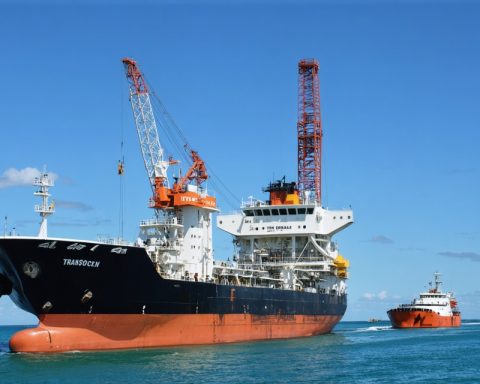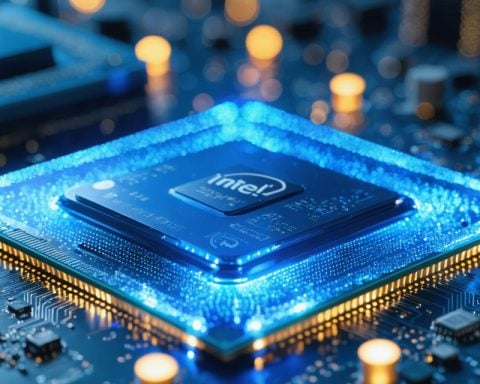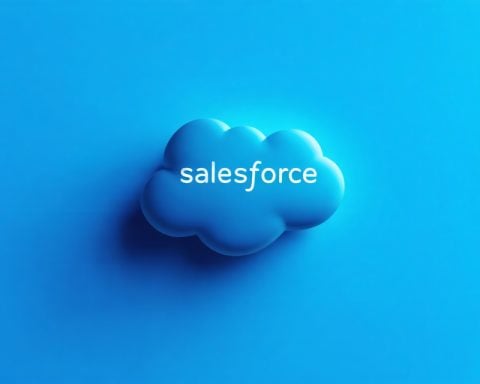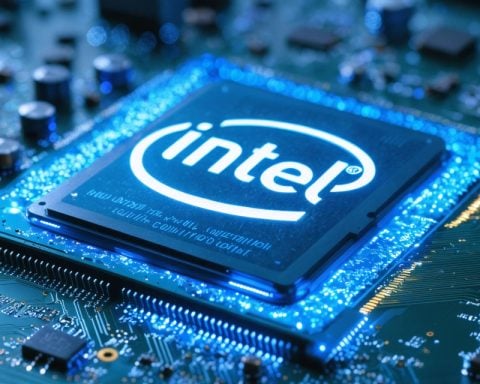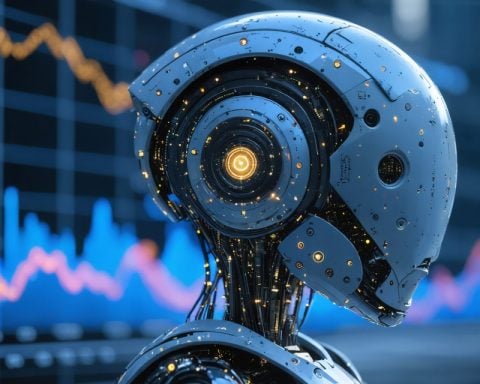In a surprising shake-up, Intel has announced the abrupt departure of CEO Pat Gelsinger after nearly four years at the helm, effective December 1st. This unexpected shift at the top comes as Intel grapples with poor stock performance and struggles to keep pace with industry competitors. In an interim move, Intel has appointed CFO David Zinsner and CEO of Intel Products Michelle Johnston Holthaus as temporary co-CEOs while searching for a permanent replacement.
The lack of a transition plan for Gelsinger, whose departure appeared to be a forced one without the usual transition period, caught many by surprise. This leadership vacuum at such a critical juncture—Gelsinger himself had noted this period as Intel’s largest transformation in four decades—has left investors uncertain. Initially, Intel’s stock price rose with the news but soon plummeted, showcasing market skepticism about the company’s immediate prospects.
This turbulence at Intel stands to bolster the competitive positions of its rivals, particularly Taiwan Semiconductor Manufacturing (TSMC) and Arm Holdings. TSMC could further widen its lead as the largest contract chipmaker, as Intel’s foundry ambitions now face uncertainty. Arm, on the other hand, might capitalize on Intel’s instability in the CPU market.
The leadership gap could hinder Intel’s competitiveness and market agility, particularly if its ambitious foundry plans are scaled back or spun off. These setbacks may make Arm’s architecture more appealing to potential customers, potentially accelerating its growth.
The unfolding scenario highlights the complex challenges Intel faces in its quest to regain industry leadership amid mounting competition.
Inside Intel’s Leadership Shake-Up: What Lies Ahead?
Intel’s recent announcement of CEO Pat Gelsinger’s abrupt departure has sent ripples through the tech industry. As investors and analysts digest the news, they’re contemplating how this leadership gap will impact Intel’s standing against formidable competitors like Taiwan Semiconductor Manufacturing Company (TSMC) and Arm Holdings. Understanding the layers of this shake-up reveals insights into the potential shifts in technology dynamics.
Potential Impact on Intel and Industry Rivals
Intel’s decision to appoint CFO David Zinsner and CEO of Intel Products Michelle Johnston Holthaus as interim co-CEOs reflects an immediate attempt to stabilize the company’s operations. However, the absence of a clear transition plan has raised concerns over Intel’s preparedness to handle strategic shifts. This turbulence could reinforce TSMC’s dominance and fuel Arm’s position in the CPU market.
Market Reaction and Competitor Advantage
Upon Gelsinger’s departure, Intel’s stock market reaction signaled caution and uncertainty. The initial rise in stock price quickly reversed, revealing investor skepticism regarding Intel’s direction. This uncertainty could allow TSMC to further assert its position as the premier contract chipmaker. Meanwhile, Arm may leverage Intel’s condition to attract more customers to its architecture, potentially increasing its market share.
Innovations and Challenges in Chip Manufacturing
Intel’s ambitious foundry plans are now under scrutiny. Should these initiatives be downsized or altered, the company’s innovation capacity and market agility could be compromised. This possible retraction might present Arm’s processor designs as a more attractive alternative to clients seeking stability and scalability. As Intel grapples with internal challenges, both TSMC and Arm may increase investment in research and development to capitalize on emerging opportunities.
Predictions for Intel’s Future
As Intel searches for a permanent CEO, industry experts anticipate potential shifts in strategy. The new leadership could redefine Intel’s approach to technology development and market engagement. Stakeholder focus on the company’s strategic efforts to regain leadership will likely intensify, especially in diversifying and strengthening its core competencies amidst fierce competition.
Conclusion: Navigating a Complex Landscape
Intel’s leadership change underscores the complexities tech giants face in an ever-evolving landscape. The company’s maneuvers in the coming months will be pivotal not only for its future but also for the technology sector’s broader competitive dynamics. As investors and industry watchers await more details, the unfolding developments at Intel could redefine key market alliances and drive new innovation pathways.







